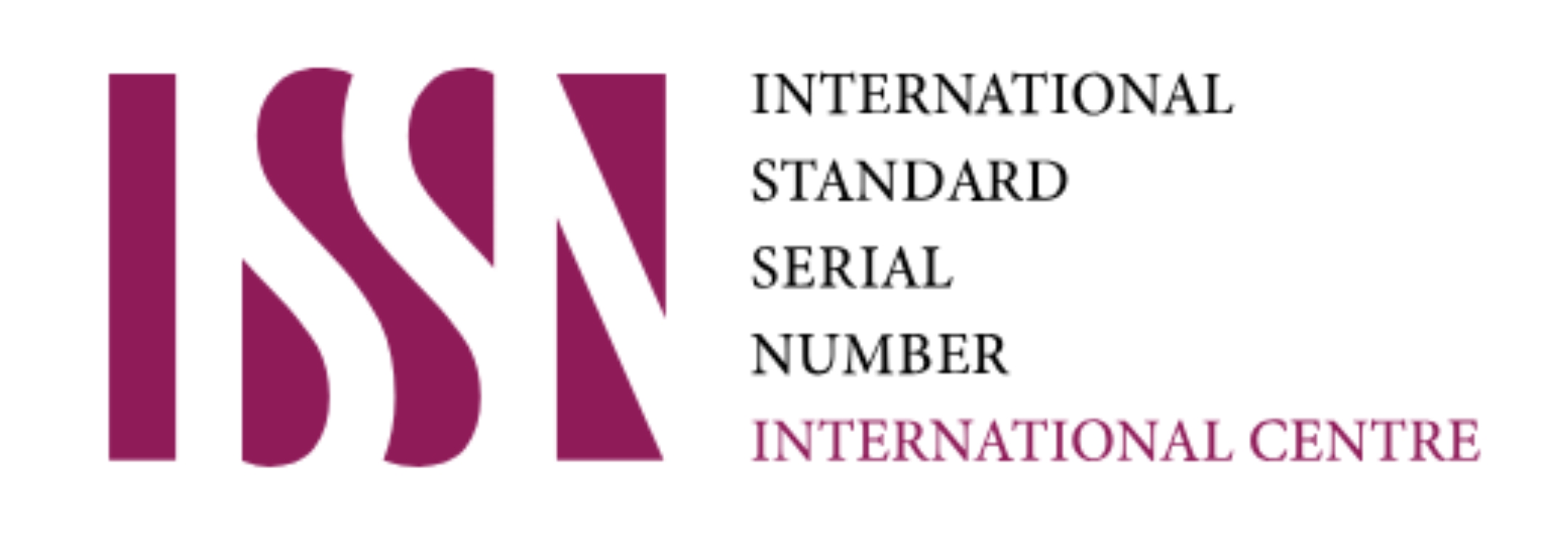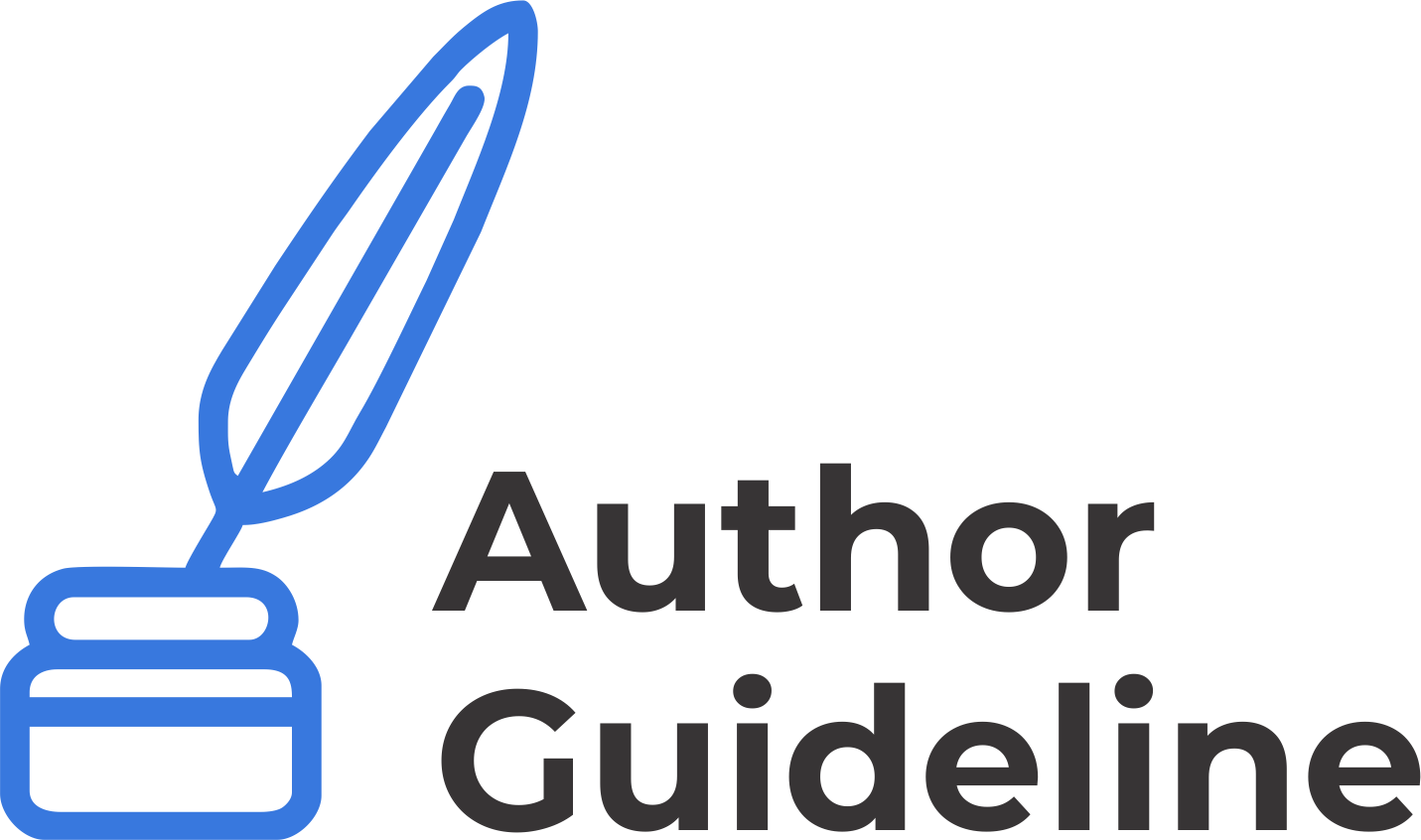Pengaplikasian AI Video Editing Autopod Terhadap Efektifitas Produksi & Estetika Visual
Abstract
The media industry faces various challenges, technological developments and market disruptions, causing traditional media companies to experience a decline in advertising revenue and mass layoffs. To remain competitive and overcome these challenges, media companies are beginning to adapt to various strategies, including artificial intelligence ). Now artificial intelligence is starting to be used in various aspects of video content creation, such as for video editing under the name Autopod. With maximum use of AI, media companies can streamline time and operational costs. The research method used is qualitative with a participatory approach. This approach aims to develop a more profound and holistic understanding of the experiences and views of researchers who focus on discussing the adaptation and application of AI in the video editing process and its visual aesthetic needs.
References
Chatterjee, A. (2022). Art in an age of artificial intelligence. Frontiers in Psychology, 13. https://doi.org/10.3389/fpsyg.2022.1024449
Christopher J. Bowen. (2018). Grammar of the Edit (4th ed.). Routledge.
Dataiku. (2020). The AI Disruption in Media and Entertainment. https://pages.dataiku.com/ai-media-entertainment
Edwin Wong. (2023). Artificial Intelligence: Hope, fear, and AI.
Haenlein, M., & Kaplan, A. (2019). A Brief History of Artificial Intelligence: On the Past, Present, and Future of Artificial Intelligence. California Management Review, 61(4), 5–14. https://doi.org/10.1177/0008125619864925
Herbert Zettl. (2006). Television Production Handbook (9th ed.). Thomson Wadsworth.
ITU. (2019). Artificial intelligence systems for programme production and exchange. International Telecommunication Union.
Matthew Gentzkow. (2018). Media and Artificial Intelligence. Toulouse Network for Information Technology Whitepaper.
Stuart J. Russell, & Peter Norvig. (2022). Artificial Intelligence: A Modern Approach. Pearson Education Limited.

This work is licensed under a Creative Commons Attribution-ShareAlike 4.0 International License.










 This work is licensed under a
This work is licensed under a 